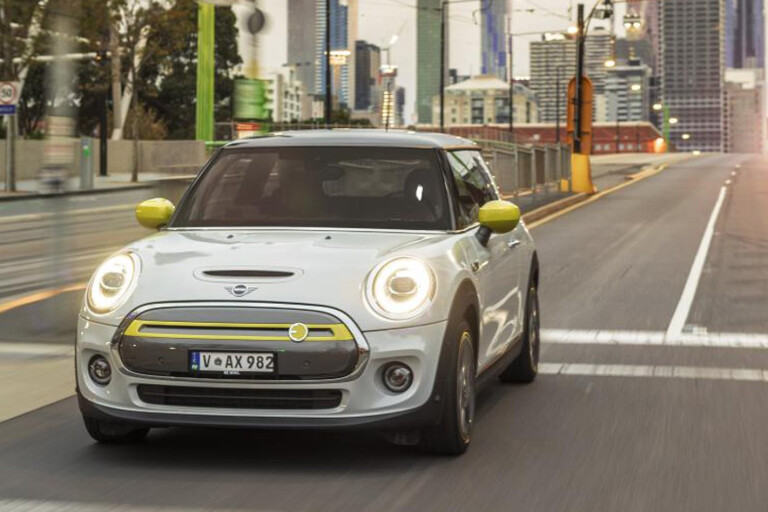
Would it surprise you to know that, if you were feeling like giving combustion power the flick and jumping into an electric vehicle, you now have the choice of nearly 15 different models on sale in Australia?
Surprising if you had listened to the skeptics, who once described EVs as ‘impossible’. But not long after, their sweeping aspersions gradually weakened to ‘highly unlikely’ then ‘unfeasible’ then ‘expensive’ and then ‘uncommon’. Sooner or later, everyone will realise that EVs are inevitable.
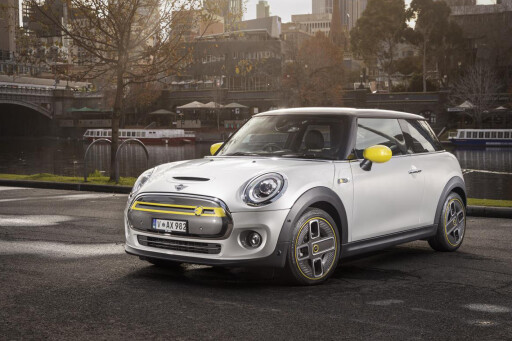
Whether it be through the persistence of manufacturers introducing zero-emissions models to a market many claimed had no room, or simmering consumer interest giving rise to emerging demand, electric vehicles are here.
And this exciting young market is tantalisingly full of holes just waiting to be plugged by the various brands, but there’s one fewer three-door Mini hatchback-shaped hole as of this month.
What is the Mini Cooper SE?
Until the Mini Cooper SE arrived, there was a glaring void in the list of Australia’s EV offerings if you were after a small hatch that’s geared as much towards the joy of driving as it was opposed to fossil fuel dependence.
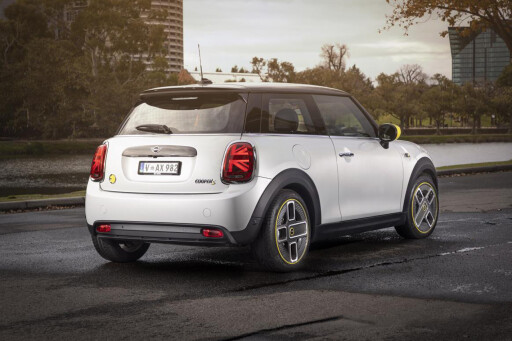
But now there’s a cheeky three door added to the pool offering something a little more premium and involving than the Nissan Leaf, Renault Zoe and Hyundai Ioniq in the less than $60,000 sphere.
It looks a lot like any other three-door hatchback Mini but behind its unique grille, subtle design touches and likeable design, the Cooper SE hides a pure electric drivetrain borrowed from the BMW i3.
This is Mini’s first pure electric vehicle and it’s another exciting addition to the growing EV market available in Australia.
What is the Mini Cooper SE like to drive?
Unlike many other brands that put practicality, efficiency and price higher up the list of vehicle feature priorities, Mini’s mission statement always been more about looking good and offering a rewarding and fun driving experience.
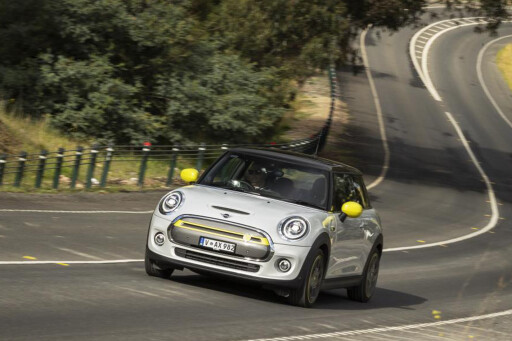
Delightfully, Mini’s first pure electric vehicle is no different. There’s no bark from a turbocharged engine on startup or dancing gauges the likes of which you’ll find in JCW and other petrol-powered Minis, but you very quickly realise the Cooper SE is just as capable of letting its hair down.
While the zero-100km/h acceleration is officially claimed to be 7.3 seconds, we believe there’s a little more to the story than simple off-the-mark performance. The Cooper SE is front-wheel drive and its pure electric drivetrain is capable of producing the full 270Nm of torque instantly.
We suspect torque and power are progressively unleashed as the speed rises to prevent the electric motor shredding the front rubber, which it would do without breaking a sweat.
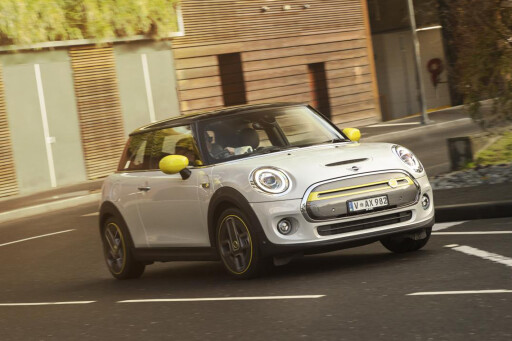
Acceleration once the Mini is up and running supports the theory, with seriously gutsy speed changes when the taps are opened, upstaging the brisk but unremarkable launch from static.
Handling is also typically Mini with obedient and responsive steering, an eagerness to change direction and complete confidence to chuck the electric hatch around. Exactly how the Cooper SE manages its agility is as interesting as it is fun.
Its 33kWh lithium ion battery is T-shaped to fit under the floor without intruding into cabin space and its positioning has kept the overall centre of gravity very low (despite the suspension being raised about 15mm to maintain adequate ground clearance).
Counter-intuitively, this higher, heavier Mini feels as planted on the road as any other, which is pleasantly perplexing when you start to push through corners with more speed.
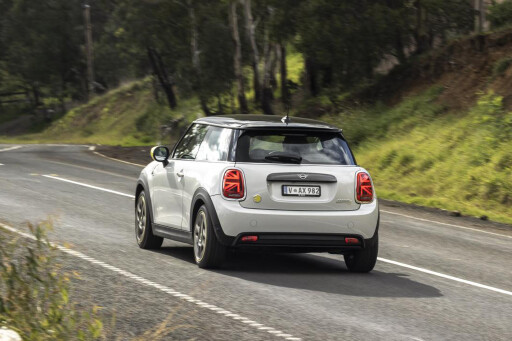
Another happy byproduct of the battery location is a more favourable weight distribution than the combustion-powered Mini hatchbacks and that’s evident in seemingly boundless grip and balance through corners. We dared not find the limit on our relatively suburban test but it would certainly take some effort.
It’s also worth mentioning that the Mini is one of the lightest electric vehicles money can buy, tipping the scales at just 1365kg, which might sound like a lot for a small hatchback, but the BMW i3, which is made from carbon fibre, is the only EV that can claim to be lighter.
And if you needed any more evidence that Mini is actively pursuing driving enjoyment rather than outright efficiency, you need only look at the standard fit tyres, which are not eco-this or efficiency-that, but a lovely set of full-fat Goodyear Eagle F1s.
What is the Mini Cooper SE like to live with?
From a practicality perspective, the electrified Mini is, for the main part, no different to live with than any other three-door Mini model.
If you’re not perturbed by its strange forward view caused by the uniquely raked windscreen, tiny boot and all-but-nonexistent rear seats, then you shouldn’t be put off the Cooper SE either.
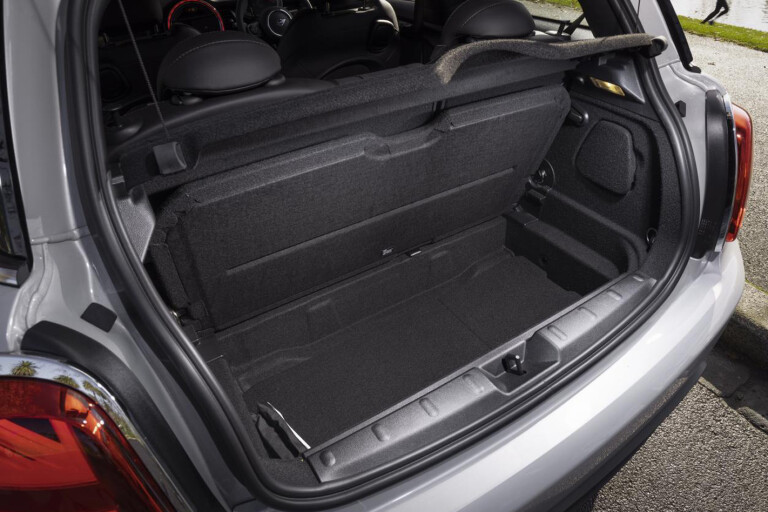
Rear seat cushions are actually made shallower to make space for the battery without further reducing occupant space.
An odd digital screen perched on top of the dashboard pinched from the BMW i3, the beefed-up suspension to handle the extra weight of a battery which is inescapably firm, and a dusting of design features are the only clues to tell you you’re in an unorthodox Mini.
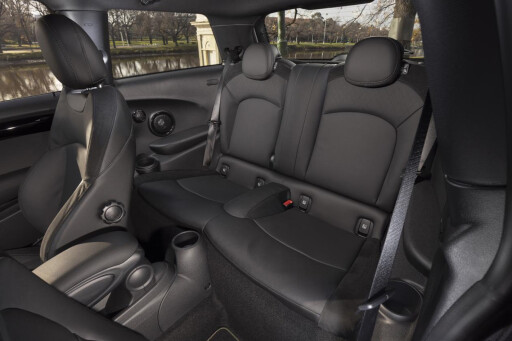
We particularly liked the high-quality interior which was upholstered in a smart combination of synthetic suede and leather, and generally understated design without being dull or detracting from the lively Mini style.
But the Cooper SE’s most obvious feature, and perhaps most concerning for many Australians, is its battery-powered drivetrain.
With a full charge, the Cooper SE will go about 230km, which would be ample for most driver’s daily commute and even a bit of light weekend road trip duty. For our blast over the Dandenong Ranges outside Melbourne, the Mini was reporting better than official range perhaps thanks to roads that allowed more regenerative braking.
Perhaps people forget just how far 230km is but after a morning hacking around in Mini’s electric foray, we were reminded how infrequently a long, uninterrupted drive really is. The interruption part is key for any EV user.
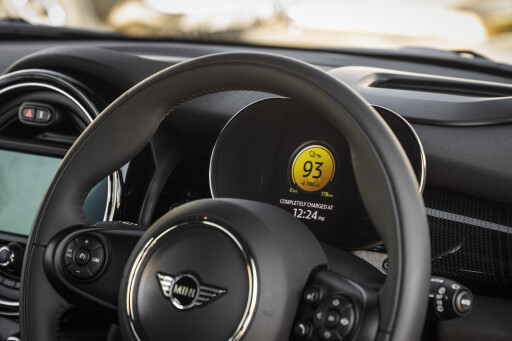
A short lunch stop allowed us to top up the Mini from a fast charging station which added 10 percent charge or about 18km of range in 30 minutes, according to the on-board read out. That might not be enough to complete the often-cited Melbourne to Sydney voyage in sensible time, but the Mini is not the sort of car you might consider the trip in regardless of its powertrain.
That said, find a 50kW fast charger and you pump in an 80 percent charge in 40 minutes, which makes the prospect of long-haul a little more attractive.
But perhaps the best summary of the Mini’s electric package and potential was from, ironically, a Nissan Leaf owner we met along the way. “It’s just like your phone,” he said. “Plug it in at night and it’s charged in the morning”.
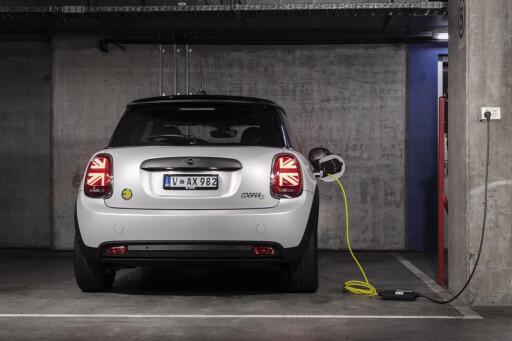
An endorsement by an owner living with an EV with similar range only adds to the appeal of the Mini or any small electric car. And for all those times you get a little low on charge, a topped up tank is only a lazy lunch away.
Our suspicion is that, for a vast majority of aspiring Mini owners, the newest electric variant will provide all the range, style and charm that’s typically required by fans of the brand.
Is the Mini Cooper SE worth the money?
The Mini Cooper SE retails for $54,800 before on-road costs, or $59,900 driveaway, which may sound a little expensive for a small hatchback. If you’re simply after a small EV then it’s probably hard to justify that investment. Nissan’s Leaf, the Renault Zoe or Hyundai Ioniq are more the car for you.
However, if you’re more like one of the Mini’s many thousands of fans in Australia, then you’re probably also far more likely to pay a premium for a car that is more fun, stylish and stands out, regardless of what it needs as fuel.
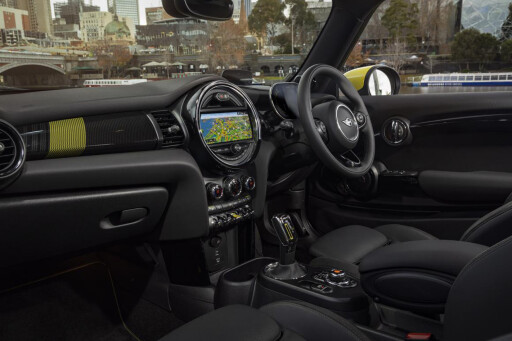
That’s why an electrified Mini makes more sense than an equivalent from many other small car manufacturers.
Mini’s left field and unique brand is the perfect pairing with a zero-emissions model, especially as the transformation has not robbed the iconic car of any of its involving drive and likeable looks.
But the best part is where the Mini derives its main drive components. Rather than a newly developed motor and power management electrics which would have added significant dollars to the bottom line, the Cooper SE borrows its orange bits from the BMW i3 - another excellent EV - which retails for about $70,000.
Instead of looking at this curious car as an expensive Mini, we think it’s more fair to imagine it as a very cheap BMW i3.




COMMENTS